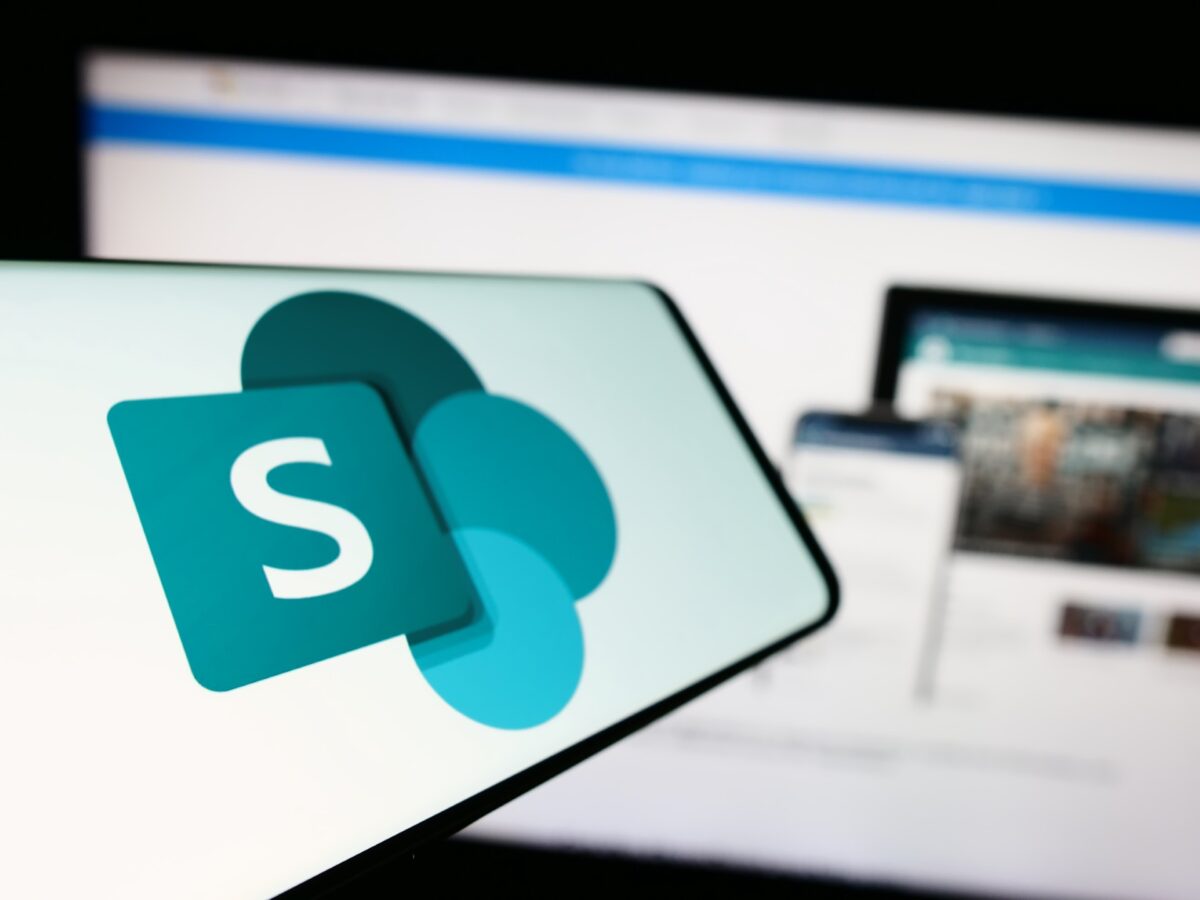Microsoft Power Apps and Power Automate are helping organisations simplify operations and achieve more with less effort. Understanding how these tools work is essential for building agile, efficient systems that keep your business competitive.
Our experts at ATI-Mirage can help you harness their full potential to automate workflows, connect data, and empower your teams to work smarter every day.
What are Power Apps and Power Automate?
Both tools sit within the Microsoft Power Platform, which integrates with Microsoft 365 and hundreds of other business applications.
Power Apps is a low-code app development platform. It allows users to build custom applications that fit unique business needs. You can design apps for mobile or desktop use without extensive programming experience. Whether you need a digital form, data entry tool, or dashboard, Power Apps lets you create it quickly and securely.
Power Automate, on the other hand, is all about automation. It connects different systems and apps to handle repetitive tasks automatically. Think of it as your digital assistant, quietly taking care of approvals, notifications, and data transfers in the background.
Why Use Power Apps and Power Automate for Business Processes?
Australian businesses face increasing workloads, data complexity, and rising expectations for speed and accuracy:
- Efficiency: Automate repetitive manual tasks and free up your team for more valuable work. No more chasing emails or updating spreadsheets by hand.
- Accuracy: Automation minimises human error. When processes run automatically, data remains consistent and reliable across systems.
- Scalability: As your business grows, these tools adapt. You can expand workflows or apps without overhauling existing systems.
- Accessibility: Both Power Apps and Power Automate use a low-code environment, allowing employees without technical backgrounds to build solutions easily using visual drag-and-drop interfaces.
How Power Apps and Power Automate Work Together
Power Apps and Power Automate work together to create an efficient system that manages your information. They capture, process, and deliver data in real time, helping you work faster and more accurately.
You can use Power Apps to collect information through custom forms or mobile apps. Your team enters and accesses data securely from any device, keeping everything accurate and consistent across your organisation.
Power Automate runs workflows that manage approvals, notifications, and data routing instantly. When you submit a leave request in PowerApps, it alerts your manager, logs the request, and updates payroll records automatically to save time and prevent errors.
Examples of Streamlined Business Processes
In Human Resources, they cut paperwork and boost efficiency. Power Apps captures employee details, while Power Automate routes the information to the right departments for onboarding and approvals.
In Finance, you can automate expense claims and invoice approvals to prevent delays. Staff use PowerApps to submit requests, and Power Automate routes them through the correct approval chain to keep every step on schedule.
Operations teams benefit too. You can track inventory, manage maintenance requests, and update supply chain data easily. Power Apps show real-time information, while Power Automate updates records instantly.
In Customer Service, Power Automate logs tickets, assigns them, and sends automatic follow-ups, while Power Apps displays their status in a clear dashboard for faster, consistent service.
Discover more options: Master Microsoft SharePoint for Smarter Collaboration.
Benefits of Learning Power Apps and Power Automate
While both tools are intuitive, professional training helps unlock their full potential. Learning how to design and automate workflows properly can transform how your business operates.
1. Deeper Understanding of Advanced Features
Training shows you how to use features like connectors, expressions, and triggers. You’ll learn how to integrate Power Apps and Power Automate with SharePoint, Teams, Excel, and other Microsoft 365 tools.
2. Customised Solutions for Real Business Needs
Instead of using generic templates, you’ll learn to design apps and workflows tailored to your organisation’s unique requirements, ensuring each solution fits your goals and systems perfectly.
3. Greater Confidence and Independence
Through structured learning, you’ll gain the skills to build, test, and deploy solutions independently, reducing reliance on external developers and lowering long-term costs.
4. Stronger Collaboration Across Teams
When staff understand these tools, collaboration improves. Power Apps enables shared access to live data, and Power Automate ensures everyone stays informed with instant updates.
Real Business Impact
The results speak for themselves. Studies show that organisations using workflow automation can reduce manual processing time by up to 25%. When staff spend less time on repetitive admin, they can focus on innovation and customer experience.
Power Apps and Power Automate also help standardise processes. Teams follow consistent workflows, which strengthens compliance and audit readiness. With everything tracked digitally, transparency improves, and managers gain real-time visibility into performance.
Automation doesn’t mean that people will be replaced but supported. By removing friction from daily operations, these tools help teams perform better, reduce stress, and maintain focus on meaningful work.
Learn more about improving your performance: Work Smarter with Microsoft 365.
Getting Started with Power Apps and Power Automate
Starting small is often the smartest approach. You can begin by automating one process, such as approval requests or data collection. Once you see the results, scaling up becomes easier.
At ATI-Mirage, our expert-led courses guide you through every step.
Microsoft Power Apps Training – Introduction
Turn ideas into apps without coding. This practical course introduces Microsoft Power Apps and shows you how to build simple Canvas Apps that connect to Excel or SharePoint. Learn to use templates, add screens and forms, and publish apps that improve workflows.
Train with expert facilitators in Perth or online.
Microsoft Power Automate Training Courses – The Essentials
Automate routine tasks and save time. Learn to use Microsoft Power Automate to create simple workflows that connect apps like Teams, SharePoint, and Outlook. Build, test, and manage automated processes that boost team productivity.
Available in-person at our Perth CBD centre or online.
Build a More Efficient, Connected Workplace
Microsoft Power Apps and Power Automate are transforming how organisations work. They simplify processes, reduce workloads, and boost productivity across every department. With the right training, you can turn everyday challenges into efficient, automated solutions.
Book your Power Automate training or Power Apps training today. Call (08) 9218 9059 or email hello@ati-mirage.com.au to streamline your business, empower your people, and make every process smarter.









